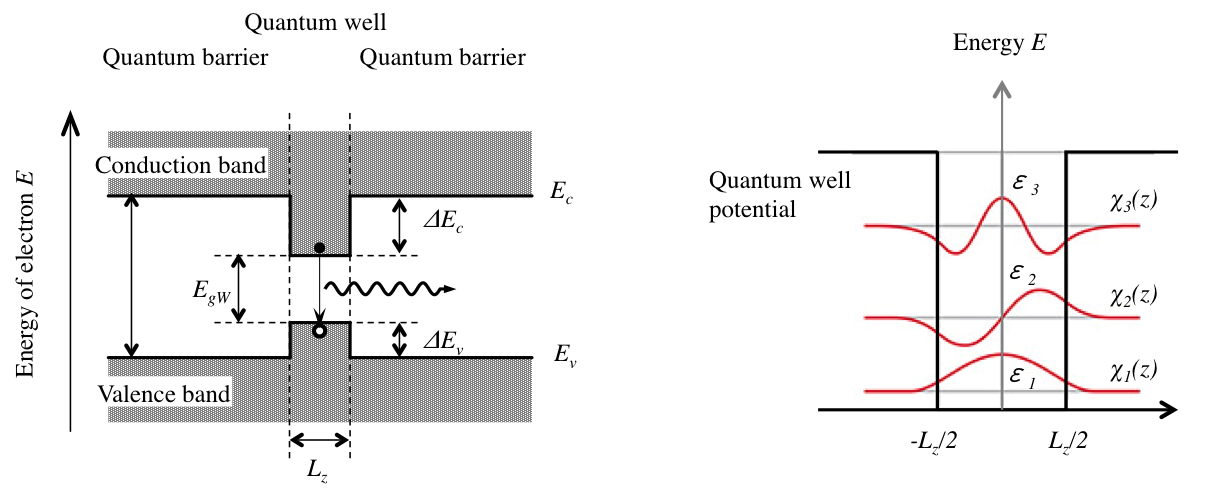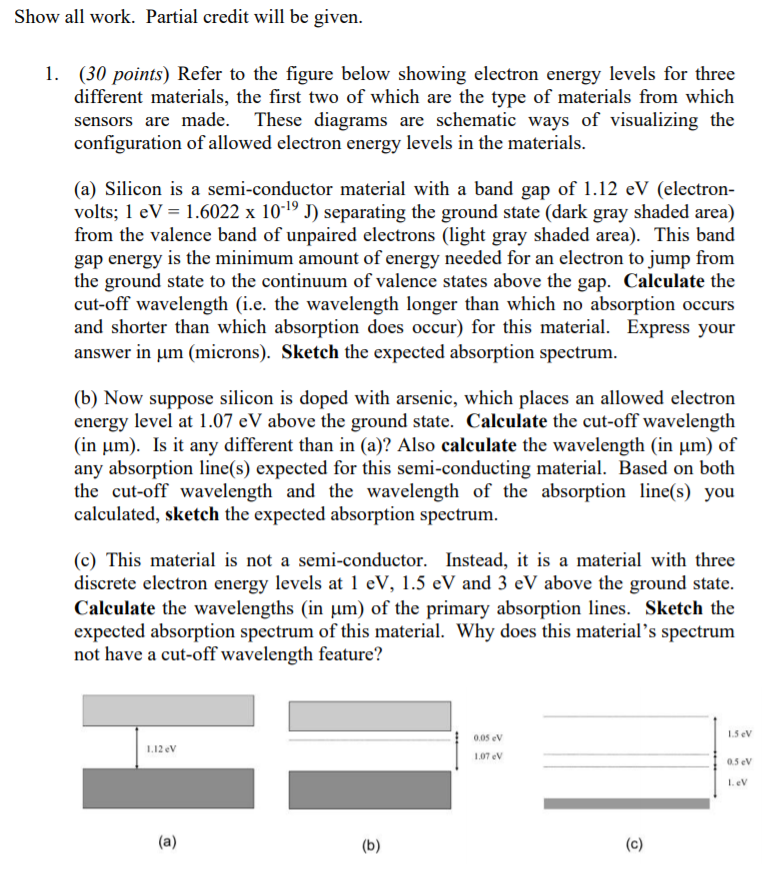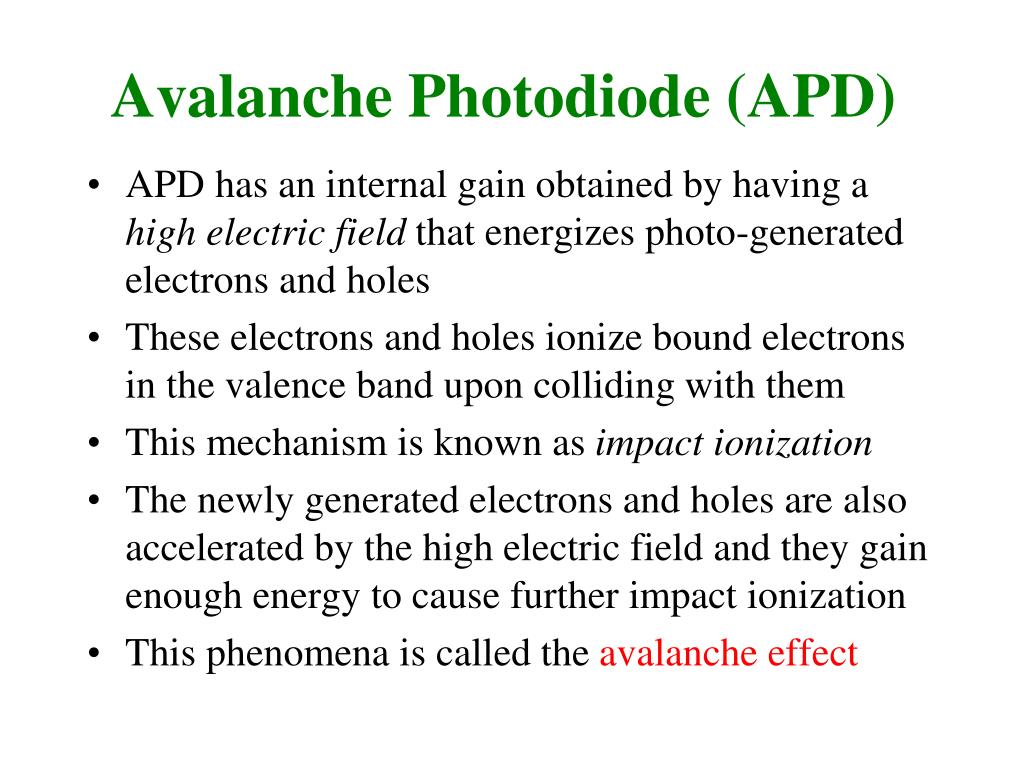

is reproduced from LSDA + U ( U = 8.33 eV, J = 0.65 eV ) calculations.

The band gap of 1.43 eV of LaCoO 3 obtained by Han Hsu et al. When J = 0.49 eV is employed, a band gap of 0.6 eV is obtained, which agrees with the Conclusions It is found that with the increase of parameter J, the band gap value decreases linearly.

The band gap as a function of the exchange parameter J is shown in Fig. 2. The exchange parameter J varies from 0.1 to 0.9 eV with an interval of 0.01 eV. The experimentally obtained U value of 3.4 eV is firstly taken for the rotationally invariant GGA + U calculations to investigate the band gap of LaCoO 3. La 6s 5p 5d 4f, Co 4s Band gap and total density of states (TDOS) from GGA + U calculations There are two formula units (i.e., 10 atoms) in the primitive cell. To simplify the calculations, we adopt the primitive cell of rhombohedral structure with lattice parameters of a = b = c = 5.344794 Å, α = β = γ = 61.01 ° (see Fig. 1(b)). The space group is R 3 ̄ c, shown in Fig. 1(a). Section snippets Crystal structure and computational details The density of states corresponding to the band gap of 0.6 eV are analyzed to explore the insulating mechanism of the ground state of LaCoO 3. The exchange parameter J of 0.49 eV is very close to 0.5 eV suggested in Ref. It is found that when J = 0.49 eV is employed, a band gap of 0.6 eV is obtained, which agrees with the experimental band gap value very well.

BAND GAP GROUND STATE VALENCE BAND CUT OFF WAVELENGTH SERIES
Considering that the experimentally estimated U value is 3.4 eV, we perform GGA + U calculations ( U = 3.4 eV ) with a series of exchange parameter J from 0.1 to 1.0 eV. It is well known that U parameter plays an important role in the determination of the electronic structure. Since the band gap is in close relationship with the electronic structure of LaCoO 3, it is necessary to find an appropriate method/parameter to give a correct value of the band gap. 11) and the band gap is found to be 1.0 eV. Another very recent work uses a U parameter of 2.7 eV in GGA + U calculations for the Co 3d electrons (here U denotes U e f f, which is stated clearly in Ref. A band gap of 1.43 eV is obtained recently from LSDA + U method with U = 8.33 eV. In contrast to this experimental value of band gap, various theoretical values have been obtained. The band gap of LaCoO 3 is estimated to be about 0.6 eV from ultraviolet photoemission spectroscopy measurement. Although so many studies focus on spin-state transition of LaCoO 3, agreement on the band gap of LaCoO 3 has not been achieved as described in the following. A comprehensive calculation of various Co 3+ spin configurations has been performed recently and a number of stationary states based on the combinations of LS, HS and IS are evidenced. The controversial issue of the IS state existing or not has been widely studied,. A high-spin (HS) state ( S = 2, t 2 g 3 ↑ t 2 g 1 ↓ e g 2 ↑ ) and an intermediate-spin (IS) state ( S = 1, t 2 g 3 ↑ t 2 g 2 ↓ e g 1 ↑ ) are proposed for the magnetic states. A transition from nonmagnetic to magnetic state occurs when the temperature is increased above 100 K. In the ground state LaCoO 3 is a nonmagnetic semiconductor with Co 3+ being in the low-spin (LS) state ( S = 0, t 2 g 3 ↑ t 2 g 3 ↓ e g 0 ). Recently there has been renewed interest in the study of lanthanum cobaltite LaCoO 3 in terms of spin-state transition, ,, ,.


 0 kommentar(er)
0 kommentar(er)
